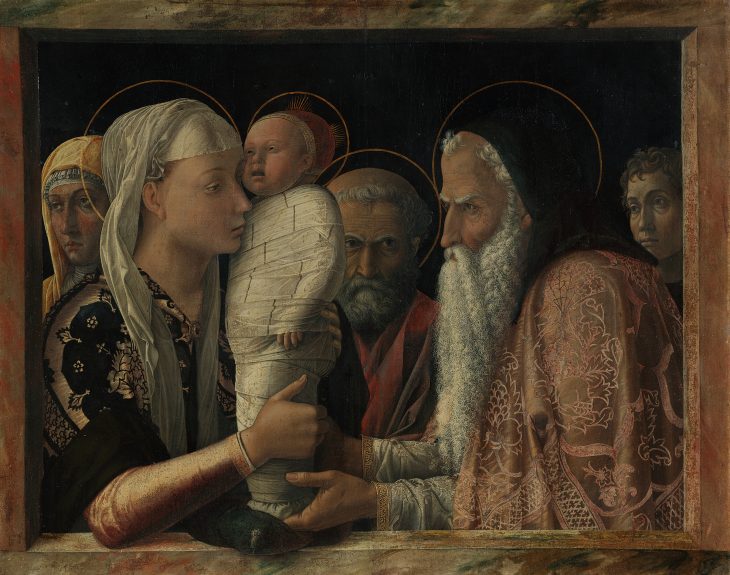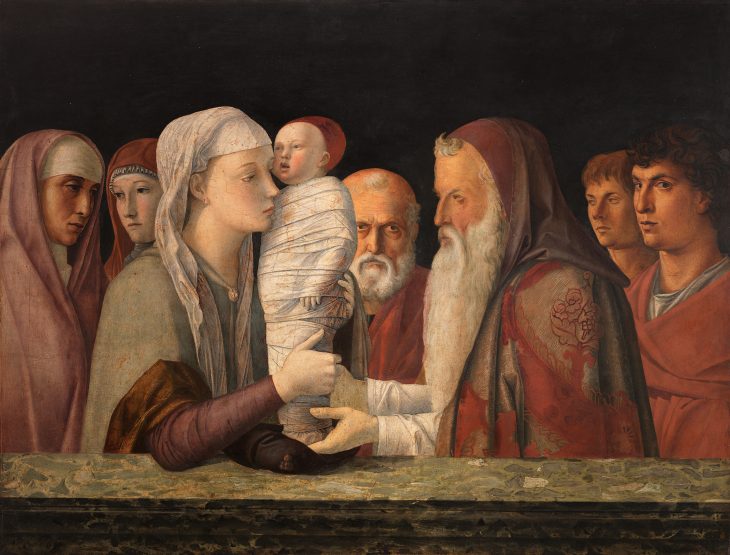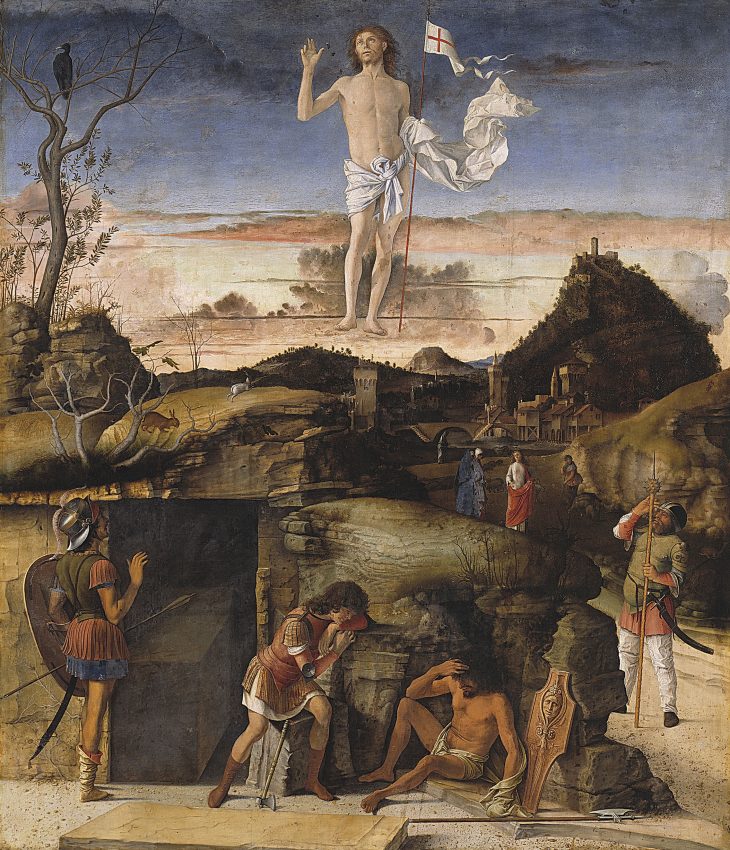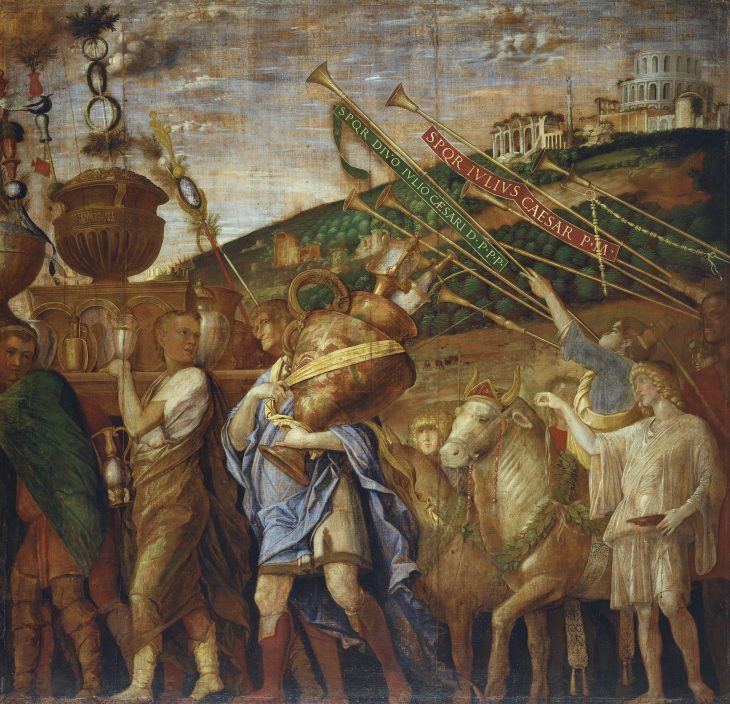The first exhibition to focus on the links between Andrea Mantegna and Giovanni Bellini, two highly influential painters of the Italian Renaissance, will reveal their close collaboration over seven years in Padua, as well as their continued artistic dialogue while living in different cities. Find out more about ‘Mantegna and Bellini’ from the National Gallery’s website.
Preview the exhibition below | See Apollo’s Picks of the Week here

The Presentation of Christ in the Temple (1454), Andrea Mantegna. Photo: Christoph Schmidt; © Staatliche Museen zu Berlin, Gemäldegalerie
Mantegna married Bellini’s sister, Nicolosia, in 1453, and for the next seven years the artists worked in close collaboration in Padua. The exhibition sets out to determine the extent and nature of the influence the artists had upon one another; at the core of the show are some exceptional loans that show how the two treated near-identical subjects. Mantegna’s Presentation of Christ at the Temple – which features a self-portrait on the far right – dates from this early period of close proximity to his brother-in-law.

The Presentation of Christ in the Temple (1470–75), Giovanni Bellini. Image: Fondazione Querini Stampalia Onlus, Venezia
Mantegna’s composition was copied some years later by Bellini, who hugely admired the talents of his contemporary. Bellini’s copy differs most markedly in the addition of his own likeness in the background, to the left of Mantegna’s.

The Resurrection of Christ (1475–79), Giovanni Bellini. Image: © Staatliche Museen zu Berlin, Gemäldegalerie / Image by Google
Bellini is often regarded as the progenitor of modern landscape painting in the West. His innovations are revealed in works like his Resurrection of Christ, in which the minutely observed, pink-tinged clouds animate the religious composition with emotional immediacy. With works by Mantegna displayed alongside, the show explores how Mantegna incorporated Bellini’s observation of landscape into his own practice.

The Triumphs of Caesar IV: The Vase-Bearers (mid 1480s–before 1506), Andrea Mantegna. Image: Royal Collection Trust / © Her Majesty Queen Elizabeth II 2018
Mantegna’s particular genius was for monumental treatment of subjects from the classical past. In the exhibition’s final section, ‘Antiquity’, three of the artist’s enormous tempera-on-canvas depictions of the Triumphs of Caesar are on show; acknowledged by Vasari as ‘the best thing Mantegna ever painted’, these works evince Mantegna’s aim to achieve an epic grandeur in painting equal to the example of Rome.











![Masterpiece [Re]discovery 2022. Photo: Ben Fisher Photography, courtesy of Masterpiece London](http://www.apollo-magazine.com/wp-content/uploads/2022/07/MPL2022_4263.jpg)
Why are fathers so absent from art history?